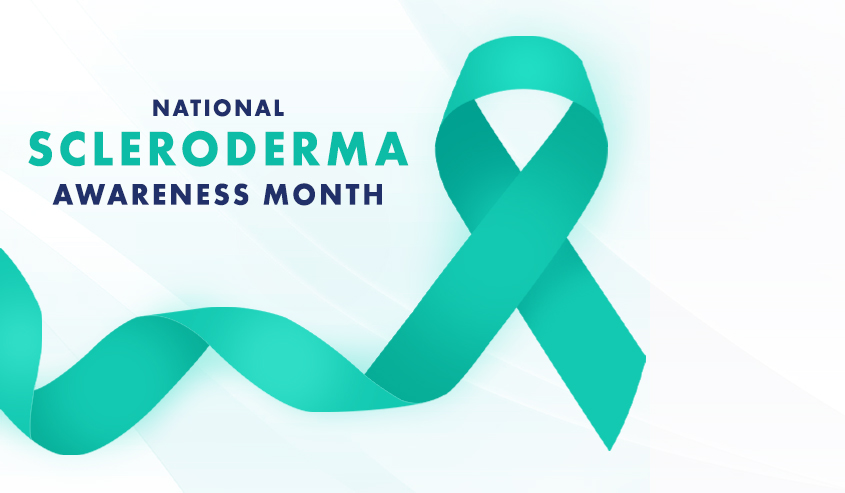
For over 20 years, the chapters of the Scleroderma Foundation and its many support groups have recognized the month of June as National Scleroderma Awareness Month. Scleroderma refers to a group of rare medical conditions that are characterized by the tightening and hardening of your skin and its connective tissues. The disease affects women more than men. Although it’s incurable, there are treatments available that can ease the patient’s symptoms and improve their quality of life.
Are there different Types of Scleroderma?
Yes. There are a number of different types that affect different areas of the body. In some individuals, it affects only the skin. But in others, it can affect the blood vessels, the digestive tract, and other internal organs. The following is a list of areas in the body that the disease can affect and the symptoms:
- Digestive system – scleroderma can affect different areas of the digestive tract. For instance, you may experience difficulties swallowing or heartburn if it’s the esophagus. If it affects your intestines, you might experience bloating, constipation, cramps, or diarrhea. There could also be problems absorbing nutrients from the food you eat.
- Fingers or toes – Raynaud’s disease is one of the earliest symptoms of scleroderma in the fingers and/or toes. This disease causes the smaller blood vessels in the fingers and toes to contract if you’re exposed to cold temperatures or undergoing emotional distress. Your fingers or toes may feel numb or painful and may turn blue.
- Heart, kidneys, or lungs – scleroderma affects the function of these organs. If left untreated, the condition could become life-threatening.
- Skin – scleroderma is most commonly characterized by hardening or tightening patches of skin on the limbs and trunk. The amount, location, and size of these patches will vary based on the specific type of the disease you have.
What causes Scleroderma?
Scleroderma is caused by the accumulation and overproduction of collagen in the body’s tissues. Although doctors haven’t determined what causes this, our immune system seems to play a role in it. Doctors and scientists have speculated that it could be caused by environmental triggers, genetics, and immune system problems. Though the research is on, conclusive results are still elusive.
How is Scleroderma diagnosed?
In most cases, blood tests are used to identify autoantibodies in the system while digital imaging such as chest X-rays and CT scans may reveal the build-up or scar tissue in the lungs and other abnormalities.
For more information about how you can schedule medical diagnostic imaging contact us at 305.596.9992. It’s our aim to help people live a healthy life and proper diagnosis of a disease is imperative for the right treatment to start early.
